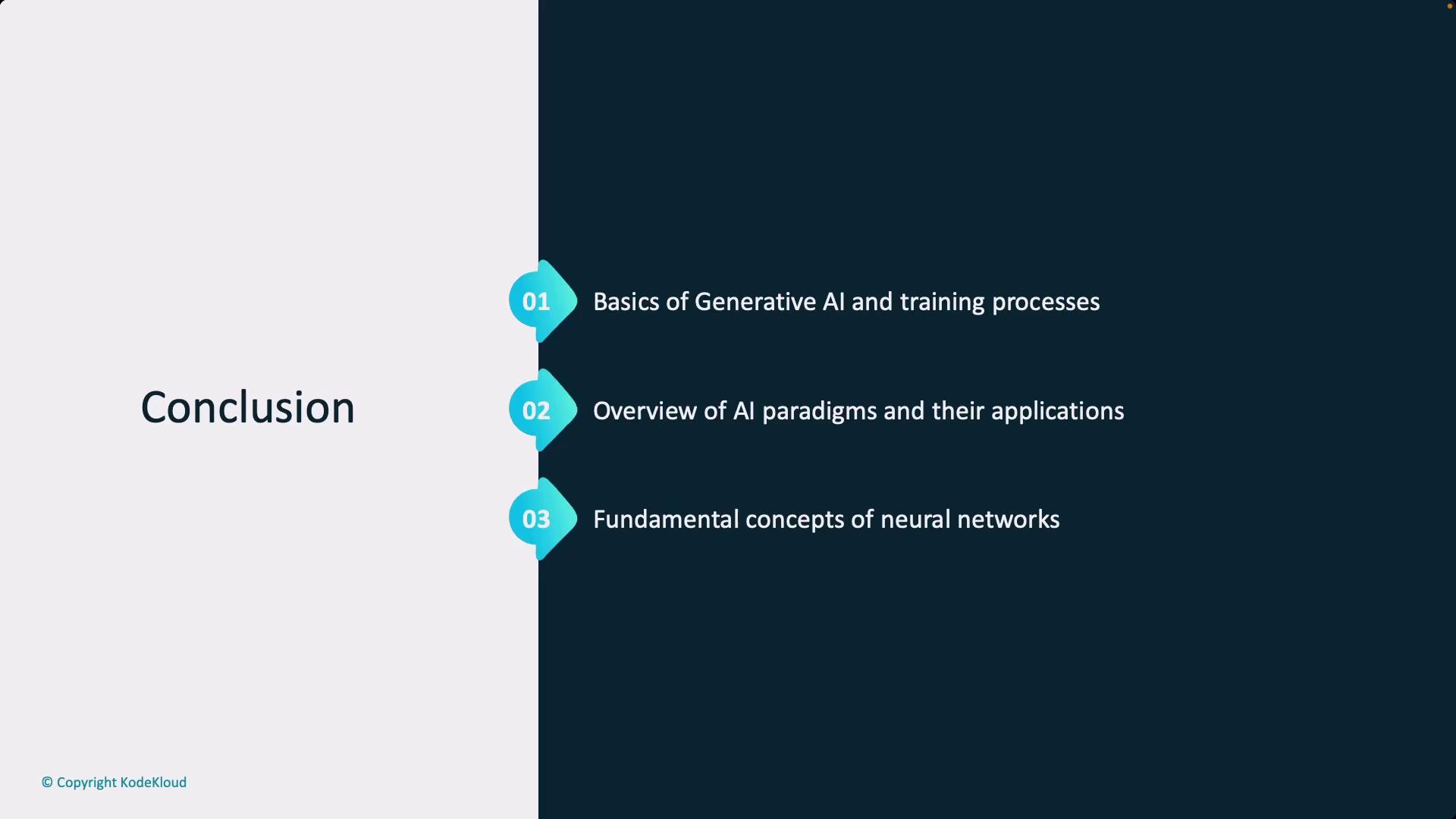Generative AI in Practice: Advanced Insights and Operations
Evolution of AI Models
Multimodality Responsible AI
In this article, we explore the transformative concept of multimodality in modern AI and its relationship with responsible AI practices. We delve into how diverse data types—such as text, images, audio, and video—are processed through advanced models and discuss the significant implications for safeguarding AI outcomes.
Multimodality is playing an ever-increasing role in today's AI landscape. At the heart of this evolution are Transformer models, which are fundamentally data agnostic. Traditionally, large language models have focused on converting text into numerical representations. However, this capability extends readily to other modalities such as images, audio, and videos. Moreover, innovative approaches like diffusion—sharing similarities with language modeling techniques—further broaden the possibilities for representing and processing multimodal data.
![]()
As the field has progressed, models are increasingly recognized as foundation models that extend beyond language. These models operate across a wide range of data modalities, mirroring the multifunctional nature of modern computing devices. In the near future, we may see modalities such as voice interactions and video recordings gaining prominence over traditional text-based communication.
Note
Guardrailing technology—designed to ensure the safety and reliability of AI outputs—must evolve in parallel with these advancements. As core inference and processing mechanisms remain consistent, handling different data types requires specialized strategies to address the unique challenges posed by each modality.
Contemporary models such as DALL-E (a diffusion-based model), CLIP, and Midjourney showcase the capabilities of multimodal foundation models. Although diffusion techniques differ from transformer-based approaches, both contribute significantly to the advanced landscape of image and video generation.
Responsible AI is a critical facet of modern technology, requiring more than well-documented policies and guidelines. It involves the design and implementation of robust strategies to prevent ungrounded responses, mitigate harmful outputs, and safeguard against malicious or jailbreaking attempts. Key techniques, such as meta prompts, grounding approaches, and additional safety layers provided by vendors or hyperscalers like Azure—with features including copyright violation detection—are essential. Furthermore, fine-tuning strategies, including Supervised Fine-Tuning (SFT) and Reinforcement Learning from Human Feedback (RLHF), are widely adopted to ensure models adhere to rigorous responsible AI standards.
In summary, this article has provided an in-depth look into the foundations of generative AI, the training methodologies of neural networks, and the emerging paradigm of multimodality within responsible AI frameworks. While further exploration into core neural network fundamentals is available in dedicated resources, these concepts encapsulate the innovative, mathematically driven approaches that are key to addressing today's complex challenges in AI.

Thank you for reading this article. We look forward to exploring more breakthroughs in AI in our upcoming lessons.
Watch Video
Watch video content